
With the current cost of living crisis, most families are doing it tough and there often isn’t a lot of money left over for hobbies and non-essential supplies. However with some planning and creativity, it is easy to find more economical ways to enjoy your passion of sewing and quilting. In fact, sewing and quilting are excellent activities to reduce stress and improve wellbeing – so it is actually beneficial to your health to find time for creative pursuits.
I have put my tips into a free eBook – you can get it here.
Here is a roundup of my top tips to save money when sewing and quilting.

Patterns and Inspiration
Sign up to our newsletter as we regularly include free patterns in our newsletter, plus plenty of free sewing tutorials. You will receive free plenty of free content from our newsletter and blog.
Check out Pinterest for sewing inspiration and links free sewing patterns and projects.
Join your local library. Ask them to buy new release sewing and quilting books, and magazines.
Become a pattern tester. Many designers often put a call out for pattern testers on their social media channels. You get a free copy of the pattern in advance and are able to provide feedback in return for creating an item with the pattern. This is also a good way to raise your online profile if you are branching into setting up your own online business.

Organisation
Firstly, tidy your sewing or craft room so you know exactly what you have and make an inventory. That way you won’t be tempted to buy items/supplies you don’t need. By keeping your room tidy and organsied you get more joy from creating without feeling overwhelmed. It makes it so much easier to find the item you are looking for.

Fabric
Sew from your stash – you probably have plenty of fabric that has been purchased over the years and could be perfect for your next project. Spend some time sorting and organising your fabric so you can easily find what you are looking for. I sort by colour and type and store in labelled tubs in my sewing room.
When purchasing fabric, instead of buying the full fabric collection, select your favourite couple of prints and just buy those. When buying fabric, go for versatile choices such as solids, low volume, blenders, polka dots and ginghams. Always check the clearance and remnant section to get great bargains.
Choose solid fabrics over patterned fabric. Did you know that solid fabric is usually cheaper than printed colours? Solids are versatile and can be used in many different style of projects. They also look great in rainbow projects.
Make sure you are on the mailing list for your favourite shops so you don’t miss out when they have a sale. Most stores regularly send out coupons or discount codes.
Need backing for a quilt? How about using a flat sheet instead of expensive quilting fabric on the back. Consider piecing your backing by using multiple fabrics. This creates a design on the back of the quilt which makes the quilt reversible.
Save your scraps and organise them by colour. There are plenty of great scrappy quilt patterns and scrap sewing projects to put them to good use.
Swap fabrics with your friends or guild. If you have fabrics that don’t bring you joy, swap them with a friend.
Visit the thrift store. You can often find fabric remnants, buttons, trims, and supplies. You can also find vintage tablecoths, and other fabrics that can be repurposed. Check out yard sales and estate sales.
Check your linen cupboard. Do you have only tablecloths, sheets, linens, pillowcases that are no longer used? These can be easily incorporated into future projects.
Check your wardrobe. T-shirt quilts, memory quilts, and other items can be made from old clothing or clothing from a loved one.
If you have fabric in your stash that you no longer love, consider running a de-stash sale. One man’s trash is another man’s treasure. By selling items you will no longer use, you can put that money back into buying fabric you really love.
Forward plan – always buy fabric for a specific project and avoid accumulating unnecessary pretty fabric in your stash. Take swatches of fabrics with you to the fabric store so you can be sure any fabric you buy coordinates with the other fabrics in the project.

Batting
Buy batting with a coupon or when it is is reduced in price. You could share a roll with a friend.
Save your batting scraps. These are perfect for smaller projects such as pot holders and bags. You can even stitch scraps together to make a larger piece.

Sewing Supplies
When discarding old clothing, keep the buttons and labels to reuse in other projects.
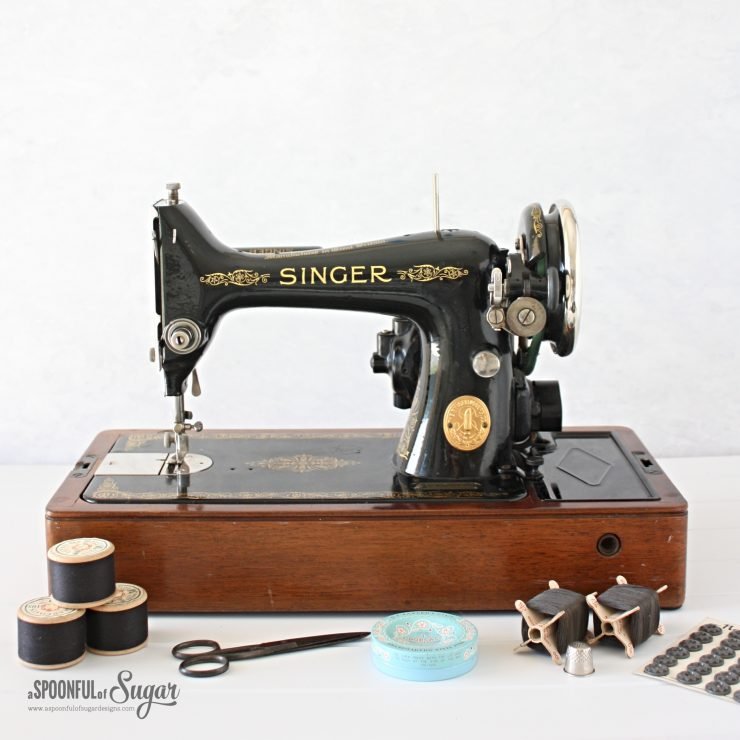
Machines
Regularly clean your machine to keep it running smoothly. Change the needle every couple of weeks; oil following manufacturers instructions; and clean lint from the inside of your machine after each use.
Secondhand machines can be found on Buy and Sell Pages, Gumtree, eBay etc.
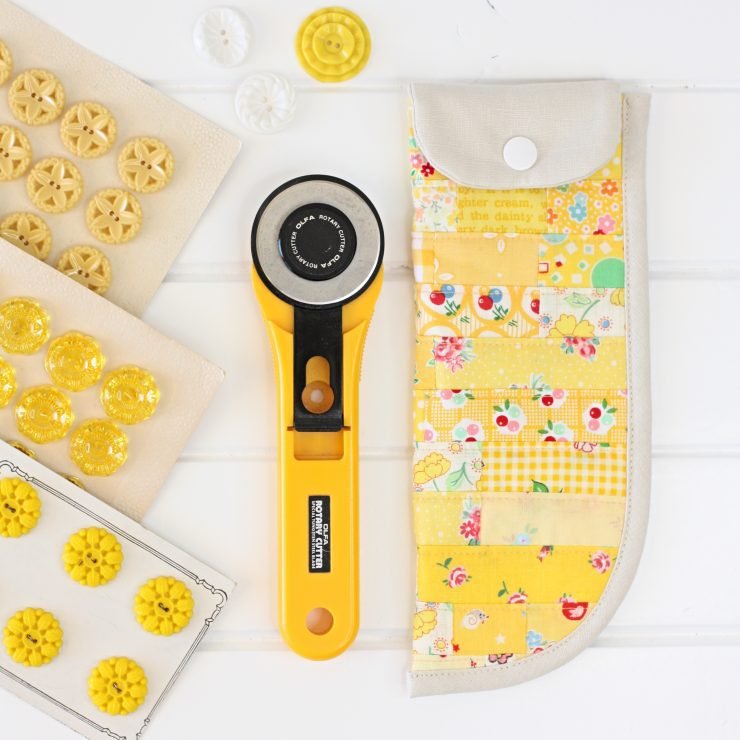
Tools
With quilting and sewing, you don’t really need a lot of fancy gadgets. Start with the basic supplies and only buy specialty rulers, templates, and supplies that you will actually use for multiple projects. All you really need is a sewing machine, cutting mat, rotary cutter with extra blades, acrylic ruler, needles, thread, and fabric. Many of the gadgets and accessories available are only used in one project.
Protect your fabric scissors so they last a long time without needing resharpening. Use a Scissor Keeper.
Consider swapping specialty gadgets with friends so you don’t have to purchase items that have a limited use.
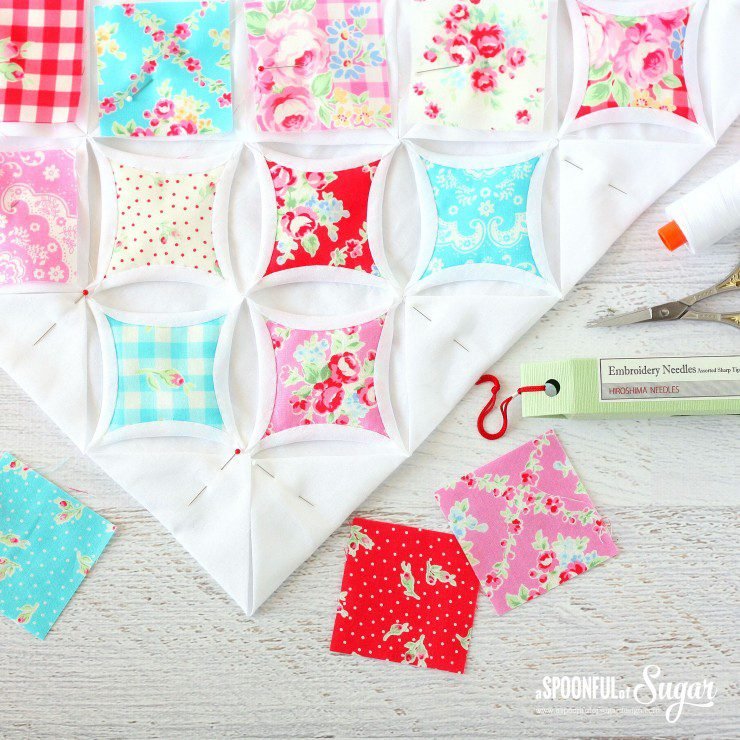
Quilting
Practice your machine quilting and hand quilting so you don’t have to send your quilts out to be quilted. There is a lot of satisfaction in completing a quilt from start to finish yourself.
Consider hand quilting you quilt or sewing project. Although more time consuming your quilt will be a work of art. By valuing quality over quantity you won’t need as many supplies as you will be producing fewer articles. It is the process that brings so much joy.
Make a scrappy binding for your quilt by using left over pieces of fabric. This makes a one of a kind quilt and means that no fabric goes unwasted.

Quilting and Sewing Classes
If you want to learn a particular technique, check out online video tutorials on YouTube. This makes it easier to learn from the comfort of your own home without spending a cent.

Sell What You Sew
Turn your stash into cash by selling what you sew. Make items to sell online in an Etsy store or have a market store. Great side hustle to generate some extra cash.
Give the gift of handmade. Make handmade, one-of-a-kind gifts for family and friends – homemade items are always more meaningful and better for the environment, plus you save money on buying big store items.
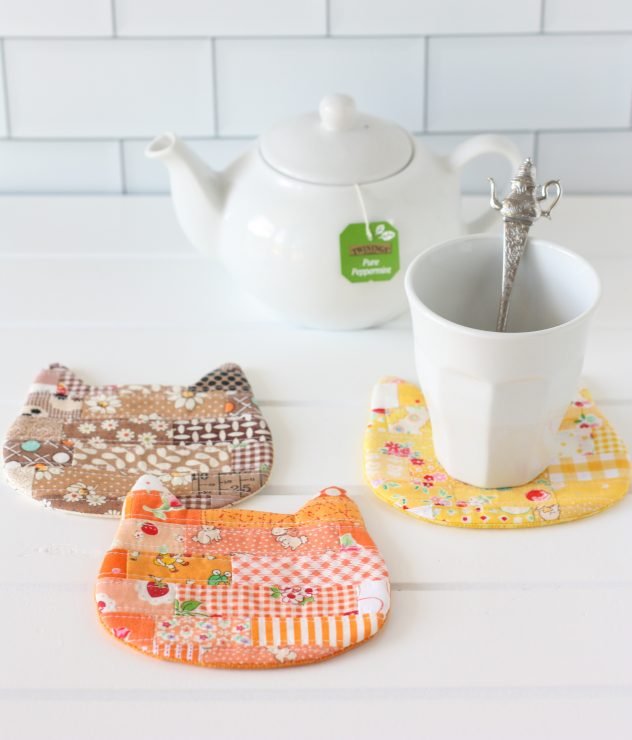
Hope you have found some ideas to save money with your sewing and quilting.
Do you have a tip to share? Please add your favourite tips to the comments so we can learn other ways to enjoy sewing and quilting without spending a fortune.
Get these tips in a free eBook so you can sew and save!
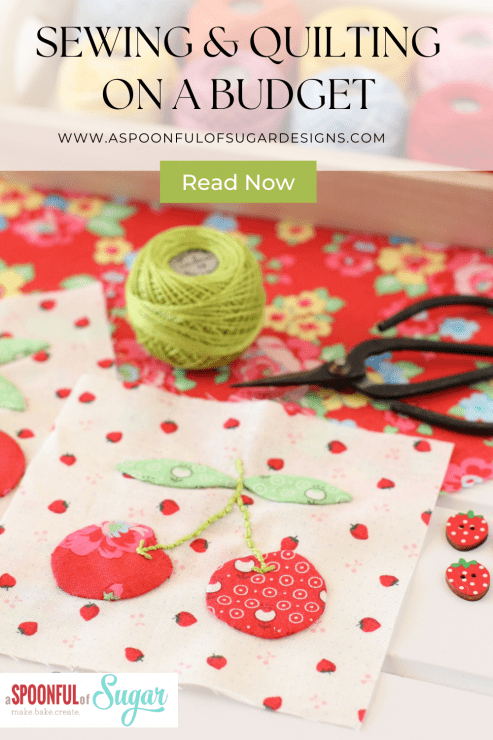


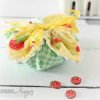



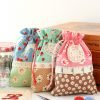
While you’re at the thrift store, don’t forget to look for clothing that you can cut up. I’ve made a lot of cute things for my granddaughters using cut up blouses and skirts from the thrift store.
Tip: After cutting off buttons from discarded clothing, with a needle and either yarn or pearl cotton, I run a length of either through all the matching buttons.and knot the end. I can easily see how many of that particular kind I have without having to sort through a button jar with many loose buttons.
Thank you Lea! Great idea…
Thank you for the tips. I am already using a number of them. I am in the process of doing a re-organizing of my sewing room. Also thank you Lea Kagel for her tip, it will be put to good use. I do store any shirt buttons in a separate container but I have buttons from my Grandmother and my Mother and the ones I’ve collected over the years, I’m not a young person.
I found tiny (approx 1″ x 2″) snap lock bags at a discount store, which also works for keeping groups of buttons together.